About SAMRIDH Scheme:
- SAMRIDH is the Union Ministry of Electronics & IT (MeitY) 's flagship programme for startup acceleration under the National Policy on Software Products—2019.
- It was launched in August 2021 and supports 300 software product startups with an outlay of ₹99 crore over a period of 4 years.
- It aims to support existing and upcoming Accelerators to select and accelerate potential IT-based startups to scale.
- Among others, the program focuses on accelerating the startups by providing customer connect, investors connect and connect to international markets
- Eligibility of Accelerator
- Should be a registered Section-8/Society, [Not-for-Profit Company (eligible to hold equity)] having operations in India.
- The Accelerator and the team are recommended to have more than 3 years of startup experience and should have supported more than 50 start-ups of which at least 10 startups should have received investment from external Investors
- The Accelerator should have experience in running startup program cohorts with activities listed as desirable under the SAMRIDH program.
- It is being implemented through potential and established accelerators across India which provide services like making products market fit, business plan, investor connect and international expansion to startups plus matching funding up to ₹40 lakh by MeitY.
- Implemented by: The scheme is being implemented by MeitY Start-up Hub (MSH), Digital India Corporation (DIC).
2. National Test House
- It is a premier institution under the Ministry of Consumer Affairs, Food & Public Distribution.
- It has been serving the nation since 1912.
- It is India's largest multi-location multidisciplinary industrial central government testing laboratory dealing with almost all sorts of testing, calibration and quality evaluation related to industry, commerce, trade etc. as per international and national standards.
- It offers technical consultancy, testing, calibration, and quality evaluation across various sectors, adhering to both national and international standards.
- It is the pioneering governmental entity in India for drone certification.
- Its branches are established in Kolkata, Mumbai, Chennai, Ghaziabad, Jaipur, Guwahati and Varanasi.
Key facts about Bureau of Energy Efficiency (BEE)
- It was established in 2002 under the provisions of the Energy Conservation Act, 2001.
- Objective: The primary objective of BEE is to reduce energy intensity in the Indian economy.
- Function
- It coordinates with designated consumers, designated agencies and other organizations; recognizes, identifies and utilizes the existing resources and infrastructure, in performing the functions assigned to it under the Energy Conservation Act.
- The EC Act provides for regulatory and promotional functions which are assigned to the organisation.
- Regulatory functions
- Develop minimum energy performance standards for equipment and appliances under Standards and Labelling
- Develop minimum energy performance standards for Commercial Buildings
- Develop Energy Consumption Norms for Designated Consumers
- Nodal Ministry:Ministry of Power
3. Centralized Pension Payment System
About Centralized Pension Payment System:
- It provides a national-level centralized system allowing pension payouts through any bank or branch in India.
- This replaces the current decentralized pension disbursement system, where each EPFO Zonal/Regional Office maintains individual arrangements with just three to four banks.
- Who is eligible for a pension?
- Individuals have to fulfil the following criteria to be eligible for availing benefits under the Employees' Pension Scheme (EPS).
- Should be a member of EPFO
- Should have completed 10 years of service
- Has reached the age of 58
- They can also withdraw the EPS at a reduced rate from the age of 50 years and can also defer the pension for two years (up to 60 years of age) after which they will get a pension at an additional rate of 4% for each year.
- This facility will be launched as part of EPFO’s ongoing IT modernization project Centralized IT Enabled System (CITES 2.01) from 1st January 2025.
- Benefits: The CPPS would also ensure disbursement of pension throughout India without any need for transfer of Pension Payment Orders (PPO) from one office to another even when the Pensioner moves from one location to another or changes his bank or branch.
- It is estimated to benefit more than 78 lakh EPFO EPS pensioners and will particularly benefit retirees who relocate to their hometown after retirement.
4. Carrhotus Piperus
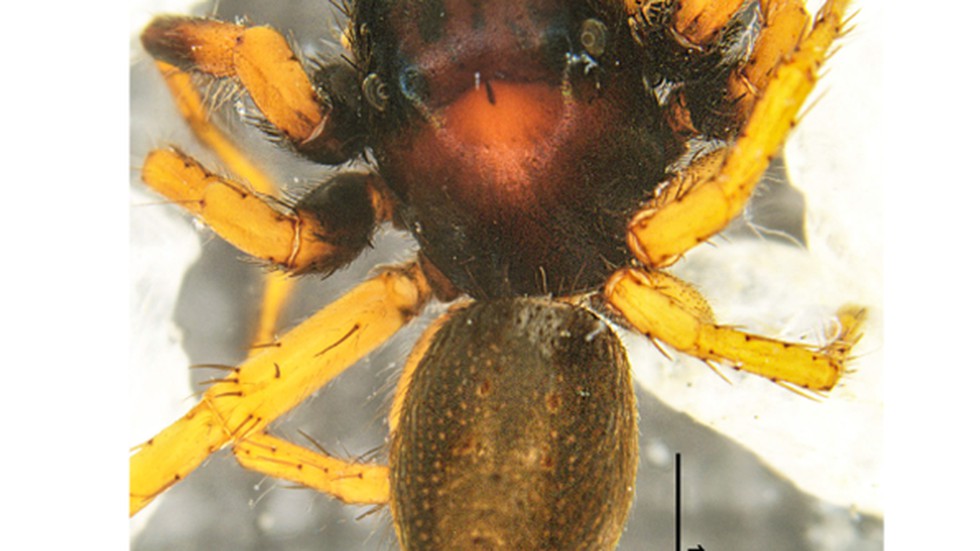
About Carrhotus Piperus:
- It is a new jumping spider species which was found on pepper (Piper nigrum) plants, about two metres above the ground.
- The specific epithet, ‘piperus’, is derived from the plant’s generic name, reflecting the spider’s distinctive habitat.
- This discovery again highlights the region’s rich biodiversity and brings the number of known Carrhotus species in India to 10 and 37 globally.
- Feature: The spider is distinguishable from its closely related species by its unique prolateral protrusion and beak-shaped embolus, setting it apart from other members of its genus.
Key facts about Palani Hills
- It is an eastward extension of the Western Ghats, in southwestern Tamil Nadu state, southern India.
- The range is a continuation of the Anaimalai Hills in Kerala state.In the south, the hills terminate abruptly in steep slopes.
5. Forum on China-Africa Cooperation (FOCAC)

About Forum on China-Africa Cooperation:
- It was established in 2000 to formalise the strategic partnership between China and African nations.
- A summit is conducted every three years, with the host alternating between China and an African member.
- Member countries: The FOCAC counts 53 African nations as its members – the entire continent except Eswatini, which has diplomatic ties with Taiwan against Beijing’s “One China” Policy.
- The African Union Commission, the continental bloc tasked with ensuring cooperation and economic integration across its member countries, is also a member.
- The theme this year is “Joining Hands to Advance Modernization and Build a High-Level China-Africa Community with a Shared Future.”
- The current summit is expected to address state governance, industrialisation, agricultural upgradation and improved cooperation over China’s infrastructure financing via the Belt and Road Initiative (BRI).
6. Public Accounts Committee (PAC)
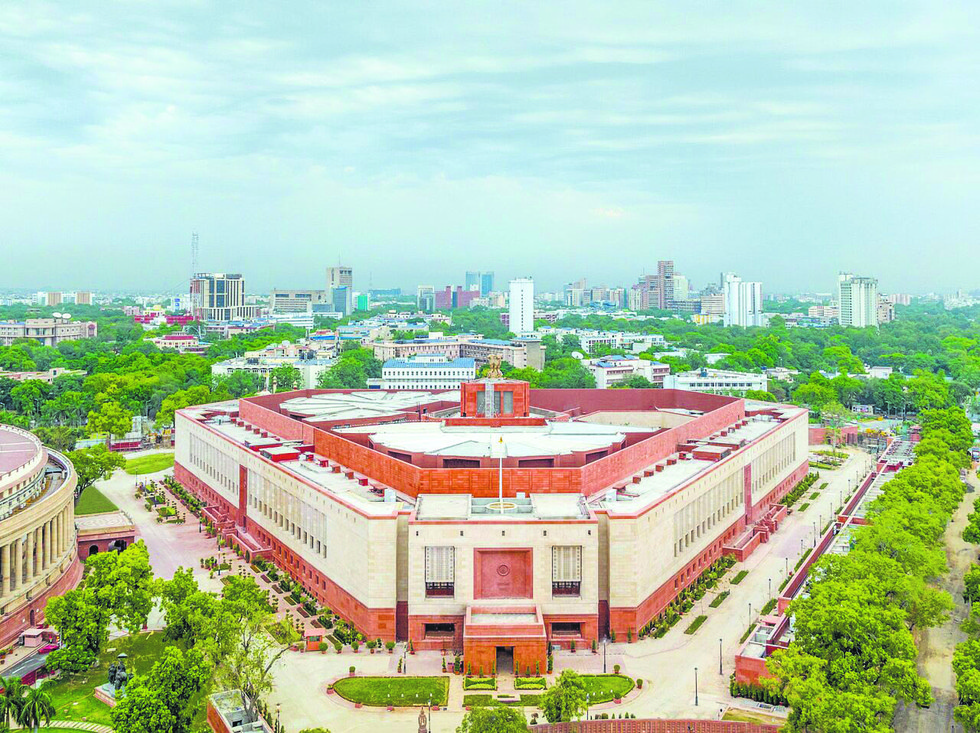
About Public Accounts Committee (PAC):
- It is a committee of selected members of parliament, constituted by the Parliament of India, to audit the revenue and expenditure of the Government of India.
- It serves as a check on the government, especially for its expenditure bill and its primary function is to examine the audit report of the Comptroller and Auditor General (C&AG) after it is laid in Parliament.
- C&AG assists the committee during the course of the investigation.
- The main function of the committee is to ascertain whether the money granted by parliament has been spent by the government within the scope of the demand.
- Genesis of the Committee:
- It is one of the oldest Parliamentary Committees in India.
- From its inception in the year 1921 till early 1950, the Finance Member was appointed as the Chairperson of the Committee and its secretarial functions were looked after by the Finance Department (later Ministry of Finance).
- With the coming into force of the Constitution of India on 26 January 1950, the Committee became a Parliamentary Committee under the control of the Speaker.
- Its secretarial functions were transferred to the Parliament Secretariat (now Lok Sabha Secretariat).
- Membership:
- PAC consists of not more than twenty-two members, fifteen elected by Lok Sabha, and not more than seven members of Rajya Sabha.
- The members are elected every year from amongst the members of respective houses according to the principle of proportional representation by means of a single transferable vote.
- The term of office of the members is one year.
- The Chairperson of the Committee is appointed by the Speaker from amongst the members of the Committee from Lok Sabha.
- The Speaker, for the first time, appointed a Member of the Opposition as the Chairperson of the Committee for 1967-68. This practice has been continuing since then.
- A Minister is not elected a member of the Committee and if a member, after his election to the Committee, is appointed a Minister, he ceases to be a member of the Committee from the date of such appointment.
- Functions:
- The functions of the Committee include examination of accounts showing the appropriation of sums granted by Parliament for the expenditure of the Government of India, the annual finance accounts of the Government and such other accounts laid before the House as the Committee may think fit.
- In scrutinising the appropriation accounts of the Government of India and the report of the C&AG thereon, the Committee has to satisfy:
- that the money shown in the accounts as having been disbursed was legally available for, and applicable to, the service or purpose to which they have been applied or charged;
- that the expenditure conforms to the authority which governs it; and
- that every re-appropriation has been made in accordance with the provisions made on this behalf under rules framed by the competent authority.
- The functions of the Committee extend, however, “beyond, the formality of expenditure to its wisdom, faithfulness and economy”.
- The Committee thus examines cases involving losses, nugatory expenditures, and financial irregularities.
7. Vertical Fiscal Imbalance (VFI)

About Vertical Fiscal Imbalance (VFI):
- It is defined as the share of sub-national governments’ own spending not financed through their own revenues.
- A VFI describes a situation in which revenues do not match expenditures for different levels of government.
- In other words, VFI is the fiscal gap in the sub-national governments due to improper decentralization of public revenue and expenditure.
- This asymmetry in revenue and expenditure decentralization is called Vertical Fiscal Asymmetry (VFA).
- It is a structural issue that can be resolved if revenue and expenditure responsibilities can be reassigned.
- It can be corrected through the financial transfers from the Union to the state governments.
- What's the Difference Between Horizontal and Vertical Fiscal Imbalance?
- The simple difference between horizontal and vertical fiscal imbalances lies in who they affect.
- With a horizontal fiscal imbalance, revenues and spending are mismatched for different regions of the country.
- In a VFI, revenue and spending are not balanced for different government levels.
8. Loss and Damage Fund (LDF)
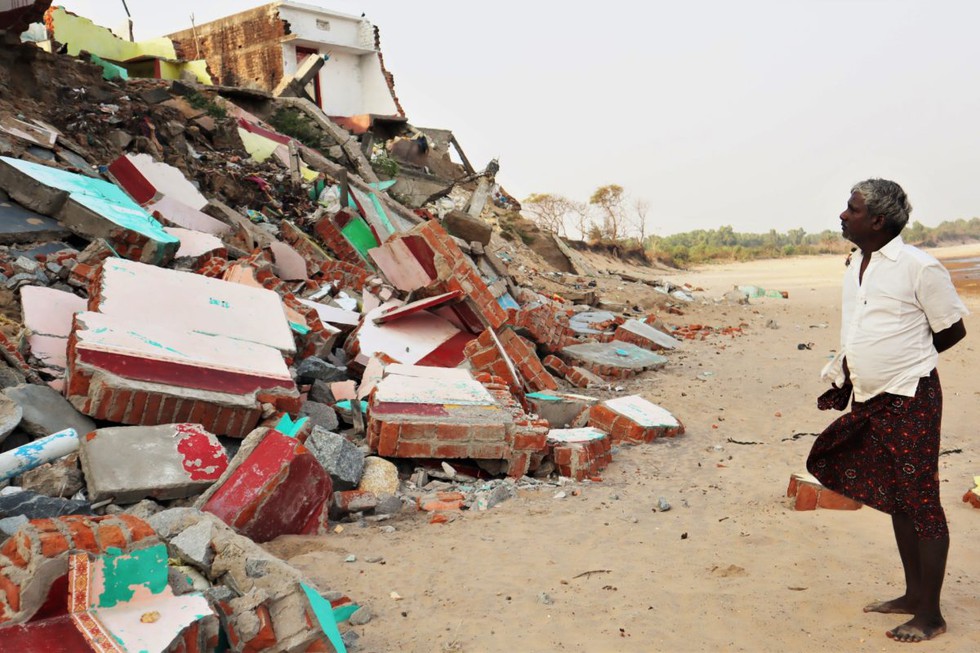
About Loss and Damage Fund (LDF):
- LDF was established at the 2022 UNFCCC Conference (COP27) in Egypt.
- Purpose: To provide financial support to regions suffering both economic and non-economic losses caused by climate change.
- Economic loss and damage are negative impacts that one can assign a monetary value to. These are things such as the costs of rebuilding infrastructure that has been damaged due to a flood, or the loss of revenue from crops that were destroyed due to drought.
- Non-economic loss and damage are negative impacts where it is difficult or infeasible to assign a monetary value. These are things such as trauma from experiencing a tropical cyclone, loss of community due to displacement of people, or loss of biodiversity,”
- It was designed to provide crucial support to vulnerable nations facing the brunt of climate-related challenges.
- The LDF is overseen by a Governing Board that determines how the fund’s resources are disbursed, with the World Bank serving as the interim trustee tasked with hosting the fund for four years.
- Financial support will be provided in the form of grants and concessional financing that can be utilized by any eligible country.
- The fund encourages voluntary contributions from developed countries but invites developing countries to contribute to it too.
9. Interpol
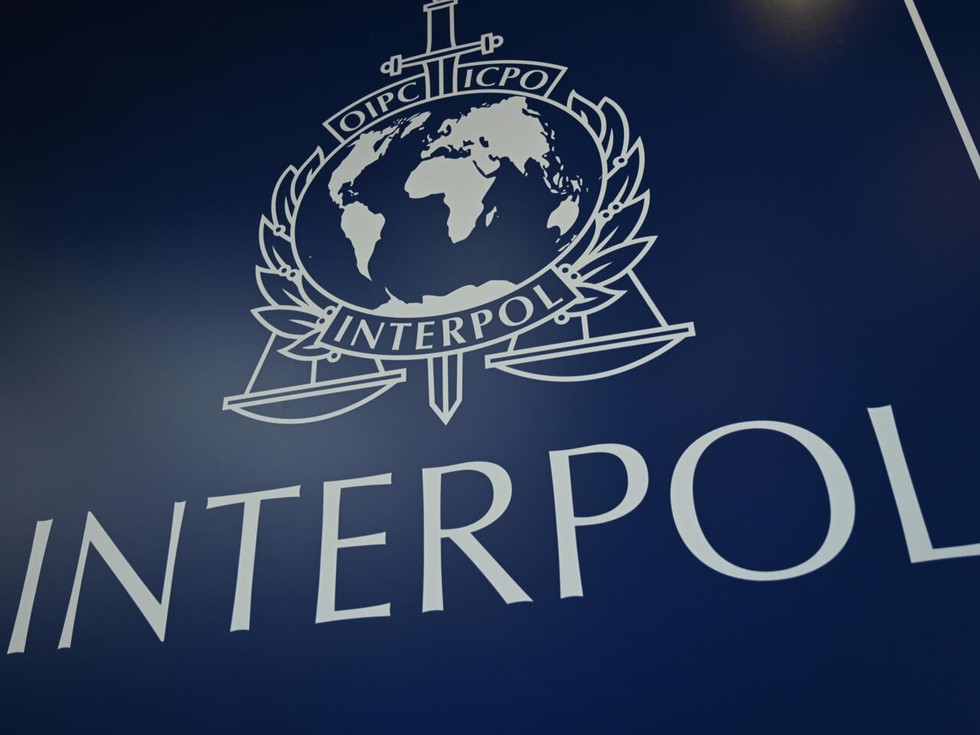
About Interpol:
- The International Criminal Police Organization (INTERPOL), commonly known as Interpol, is an international organization facilitating international police cooperation against cross-border terrorism, trafficking, and other crimes.
- It is the world's largest international police organization, representing 195 member countries.
- It is headquartered in Lyon, France.
- Official Languages: Arabic, English, French, and Spanish.
- Status:It is ‘not’ a unit or part of a United Nations system. It is an independent international organization.
- It is often the first point of contact for many countries pursuing an international investigation. It does not actively investigate crimes.
- Governance:
- The General Assembly, consisting of one delegate from each member country, is Interpol’s supreme decision-making body.
- Interpol’s day-to-day operation is managed by a General Secretariat under the direction of a Secretary General, who is appointed for a five-year term by the General Assembly.
- An Executive Committee of 13 members, each representing a different region of the world, is appointed by the General Assembly at its annual meeting.
- The Executive Committee oversees the implementation of decisions made by the General Assembly and supervises the work of the secretary-general.
- National Central Bureau (NCB):
- It has an NCB in each member country, which is the central point of contact for both the general secretariat and the other NCBs around the world.
- Each NCB is run by police officials of that country and usually sits in the government ministry responsible for policing. (Union Home Ministry in India.)
- The Central Bureau of Investigation(CBI) represents Interpol in India as the country's NCB.
Types of Notices issued by Interpol:
- It issues 8 types of notices (7 of which are colour-coded) which are in the form of alerts/requests allowing police in member countries to share critical crime-related information.
- Red Notice:To seek the location and arrest of a person wanted by a judicial jurisdiction or an international tribunal with a view to his/her extradition. It is the "closest instrument to an international arrest warrant”.
- Blue Notice:To locate, identify, or obtain information on a person of interest in a criminal investigation.
- Green Notice:To warn about a person's criminal activities if that person is considered to be a possible threat to public safety.
- Yellow Notice:To locate a missing person or to identify a person unable to identify himself/herself.
- Black Notice: To seek information on unidentified bodies.
- Orange Notice:To warn of an event, a person, an object, or a process representing an imminent threat and danger to persons or property.
- Purple Notice: To provide information on modus operandi, procedures, objects, devices, or hiding places used by criminals.
- Interpol-UNSC Special Notice: To inform Interpol's members that an individual or an entity is subject to UN sanctions.
10. Valley Fever
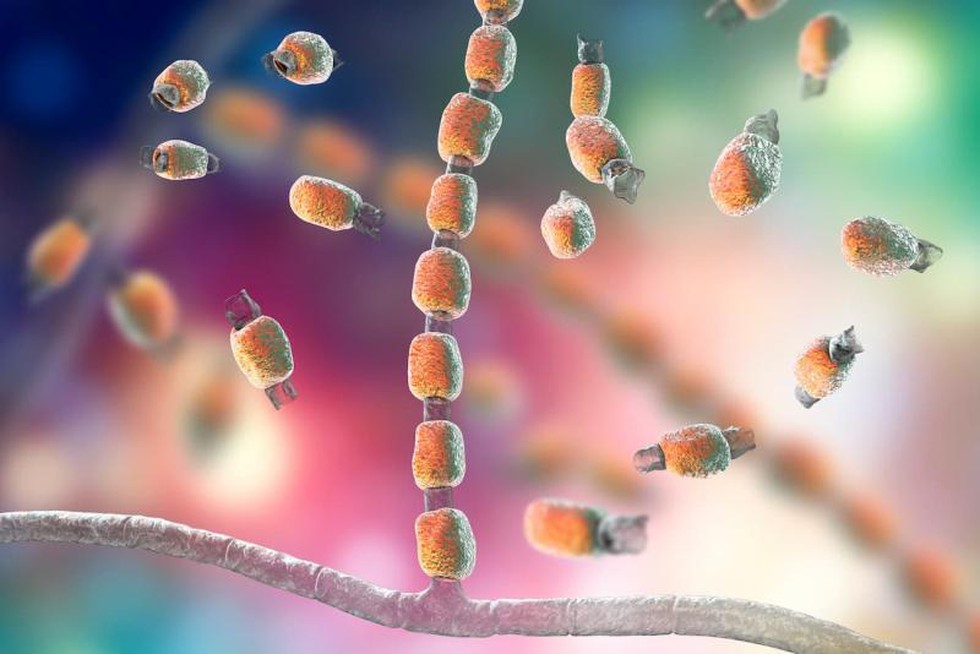
About Valley Fever:
- Valley Fever, also called coccidioidomycosis, is an infection caused by the fungus Coccidioides.
- The fungus lives in soil in some areas, including the southwestern United States and south-central Washington, as well as in parts of Mexico as well as Central and South America.
- Transmission:
- People and animals can get Valley Fever by breathing in spores, generally from dust or disturbed soil, in areas where the fungus is found.
- Most people who breathe in spores do not get sick, but some people develop mild or severe forms of the disease.
- Valley fever does not generally spread from person to person or from animal to people, with rare exceptions due to organ transplantation or wound contact.
- Symptoms:
- Most of the time, Valley fever doesn’t cause symptoms or symptoms go away on their own.
- Rarely, you can have ongoing lung issues or serious illness.
- Only about 1% of those who are symptomatic go on to develop severe disease. Serious complications include:
- Pnuemonia
- Fluid or pus in your lungs (pleural effusion or empyema).
- Acute respiratory distress syndrome (ARDS).
- Ruptured pockets of fluid or air in your lungs (hydropneumothorax).
- Disease spreads outside of your lungs (disseminated coccidioidomycosis). When coccidioidomycosis spreads to your brain, you can develop coccidioidal meningitis, a life-threatening condition.
- Treatment: Mild cases of valley fever usually resolve on their own. In more severe cases, doctors treat the infection with antifungal medications.


























































































































































.png)
.png)
.png)
.png)
.png)


.png)
.png)
.png)





.png)
.png)






.png)
.png)
.png)
.png)
.png)
.png)
.png)
.png)
.png)

.png)







.png)
.png)


.png)
.png)
.png)


.png)

.png)
.png)





.jpg)

.png)
.png)


.png)

.png)
.png)
.png)

.jpg)

.jpg)


.png)

.png)
.png)
.png)
.png)
.png)
.png)
.png)
.png)
.png)
.png)




.png)

.png)





.png)
.png)
.png)
.png)
.png)
.png)
.png)
.png)
.png)
.png)
.jpg)
.jpg)

.png)
.png)
.png)
.png)
.png)
.png)
.png)
.png)
.png)
.png)
.png)
.png)
.png)
.png)
.png)
.png)
.png)
.png)
.png)
.png)
.png)
.png)



.png)
.png)

.jpg)
.jpg)


.jpg)
.jpg)
.jpg)
.jpg)
.jpg)

.jpg)








.jpg)
.jpg)
.jpg)
.jpg)
.jpg)

















.jpg)
.jpg)







.jpg)


















.jpg)
.jpg)






























































































.jpg)
.jpg)


























.jpg)

.jpg)










.jpg)








.jpg)




.jpg)










.jpg)


















.jpg)












































.jpg)














.jpg)
.jpg)
.jpg)





.jpg)

.jpg)
.jpg)





































































.jpg)


































.jpg)
.jpg)
















































.jpg)












.jpg)


.jpg)




.jpg)
.jpg)
.jpg)

.jpg)
.jpg)
.jpg)
.jpg)

.jpg)
.jpg)
.jpg)

.jpg)
.jpg)
.jpg)
.jpg)
.jpg)
.jpg)
.jpg)
.jpg)

.jpg)


.jpg)
.jpg)
.jpg)
.jpg)
.jpg)
.jpg)
.jpg)
.jpg)
.jpg)
.jpg)











.jpg)
.jpg)





.jpg)
.jpg)
.jpg)
























.jpg)
























.jpg)









.jpg)
.jpg)







.jpg)
.jpg)









































.jpg)
.jpg)
.jpg)
.jpg)
.jpg)

.jpg)
.jpg)
.jpg)
.jpg)
.jpg)


.jpg)
.jpg)
.jpg)
.jpg)
.jpg)

.jpg)
.jpg)
.jpg)
.jpg)
.jpg)
.jpg)
.jpg)
.jpg)
.jpg)
.jpg)
.png)

.png)
.png)

.png)
.png)
.png)
.png)


.jpg)
.jpg)

.jpg)
.jpg)
.jpg)

.png)
.png)
.png)
.png)
.png)
.png)
.png)

.png)
.png)
.png)
.png)
.png)
.png)
.png)
.png)
.png)
.png)





































































-min.png)



.png)




.png)








































